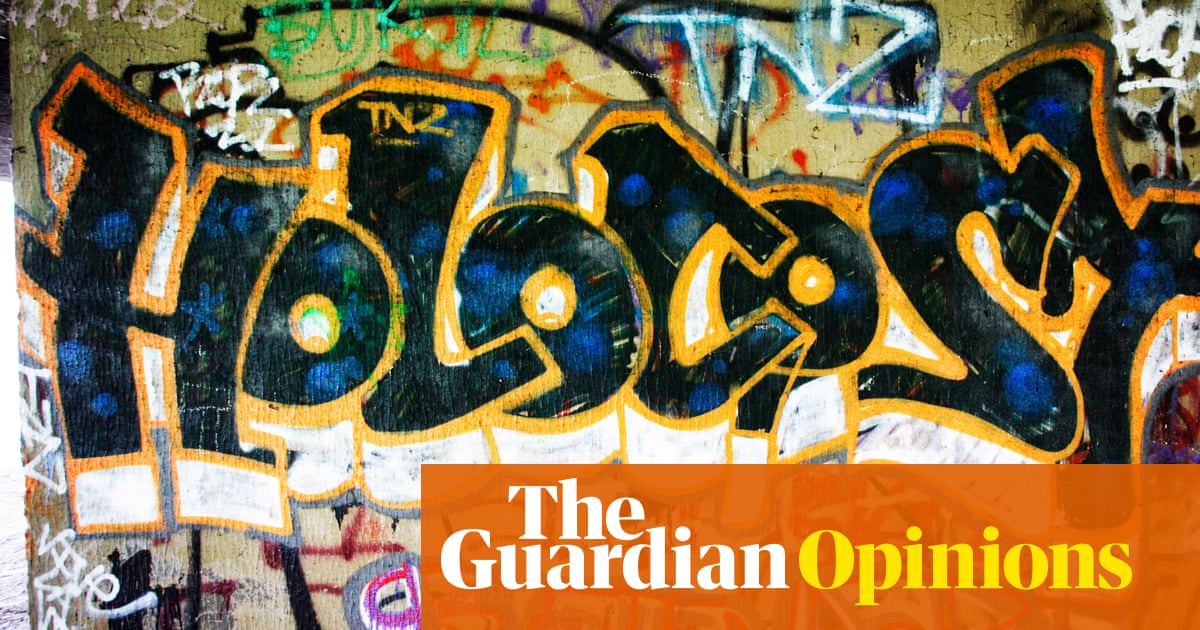Among the layers of life inParisthat energise me, I might list: peeling back the city’s music scene all the way to figuring out where, and when, the musicians go to jam together; the unassuming flair of even a basic brasserie; the way one can pivot, in the span of a week, from an art gallery opening to a friend’s concert to another friend’s restaurant to discover his Corsican-influenced menu, and end it by lingering on a terrace, “remaking the world” with others who challenge you – calmly – to see something a different way.
Among the things about this city that exhaust me are the people who cram their way into the Métro without letting you step out first (seriously, what neurons are misfiring in the heads of these people?), and the sheer prevalence oftags.It’s when you leave Paris for a bit and come back that you realise how many tags there are. How swaths of a city that is otherwise arrestingly beautiful look as if a giant toddler high on methamphetamines stumbled through them, scribbling on everything in sight with a giant Sharpie.
In my mind there is, of course, a fuzzy-but-significant divide between street art, graffiti and tags. There is an entire graffiti wall just across the street from my apartment, visible from my living room, and I adore watching its constant state of flux – the greens and blues that slowly replace bubbly, fat oranges and reds. Sometimes, the wall tilts towards pictures; sometimes it tilts towards words. Other places in the neighbourhoodregularly get postered(“Stop aux violences faites aux femmes”), there are walls that host the retro-style tile aliens put up by Space Invader or thedark-haired women of Miss. Tic, and some cracks in the pavement have even been filled in by theanonymous street artist Ememem.
I appreciate all of this. I deeply dislike the tags.
Street art, like other forms of art, seeks to convey something about the world and the person who drew it. The political postering anchors us in the reality of a world that is far too grim, far too often. Tagging is nothing more than a way of saying me, me, me.
Some, I’m sure, will say that the real difference is that I amjust a bobo; that I want what aesthetically pleases me, and reject what does not. That maybe you can’t have one without the other, that Paris is rebellious by nature, that frustration comes with freedom. Aren’t the tags a bit of grit that reveal the city as something real and alive, rather than an open air museum in a tourist-friendly stasis? Aren’t they a form of voice for people who don’t write for major media? If you want to live somewhere spotless and perfect, move to Switzerland, not the 10th arrondissement, you might be thinking. It would be worse, far worse, for Paris to lose its alternative, countercultural identity.
There is some truth in all of this – Georges-EugèneHaussmann’s grand avenues were designed in part to put an end to Parisian revolts and street barricades. The seventh arrondissement is a postcard; the 20th is a real city. But what sets tagging apart is that it is the visual urban incarnation of a largely, if not exclusively, masculinist impulse towards domination.
Street art and graffiti are a form of conversation with the people who live in a city; tags say nothing more than “I was here” and “I dominated this space”. To tag is as egotistical as abillionaire’s dick-shaped joyrideto the edge of space. It’s a dog peeing on a fire hydrant. It’s visual manspreading. Just as with the people who play music on speaker on public transport, or who scream into their phones, the point is not for other people to experience and engage with their art, music or street performance; it is for us to cede to the inevitable truth that, for a moment in time, they control our experience of public, collective life.
Sign up toThis is Europe
The most pressing stories and debates for Europeans – from identity to economics to the environment
after newsletter promotion
It’s this subtone of domination that makes heavily tagged areas feel grungy, dark and unsettling – unlike areas full of other types of visual expression displayed on walls. When you live in a city, you expect the metal grilles of storefronts to be fair game; when someone has scribbled their callsign on a random part of a second-floor wall of a residential building, that feels different. That feels like a violation, the same way it feels like a violation when tags proliferate on shared public spaces – on rubbish bins, the insides of public toilets, the exterior wall of a restaurant that will have to be pressure-washed by a minimum-wage worker in the morning.
The city, apparently, has reached its limit and isvowing to do somethingabout the scourge of tagging. When they find the culprits, let me suggest an appropriate sentence: thoroughly cleaning the areas they’ve made less livable. After that, maybe the city can find them some art classes.
Alexander Hurst is a GuardianEuropecolumnist
